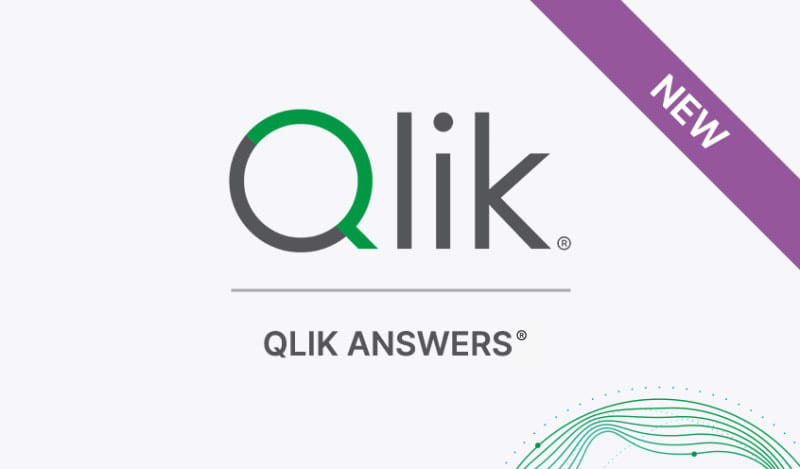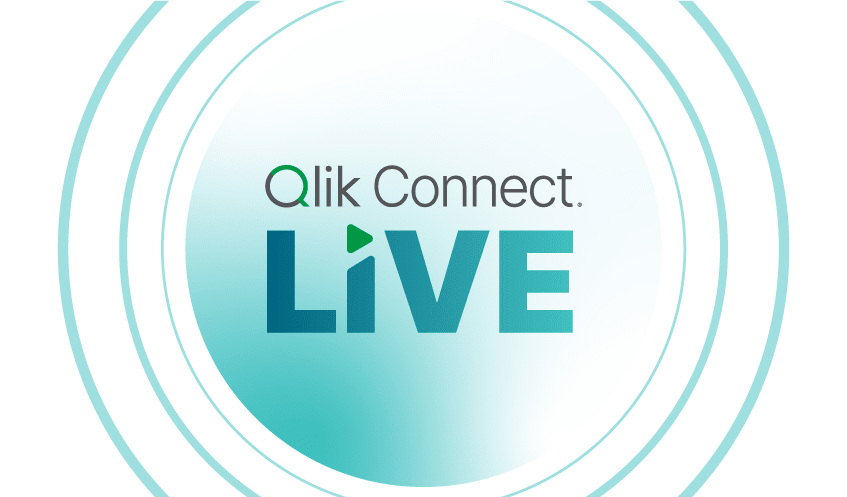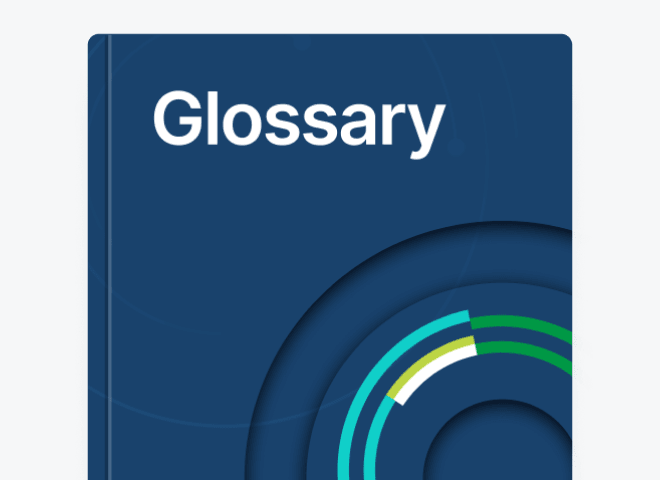The 2021 holiday season is over, and, with a bump we’ve landed in 2022, with something of a repetitive tune playing. The COVID pandemic continues; we are a full two years post the first cases being reported; and the statistics are no less shocking today than they were at the outset. We see the headlines of staggering case increases in Florida, contributing to the record-breaking case levels recorded in the United States in a single day – we’ve reached the point of the previous spike here in Sweden, in half the time of the last peak.
We continue to be doing business in a landscape that continues to pivot over hours and days rather than weeks and months, as we carefully tune our response to the interplay between COVID, governmental guidelines and every company’s desire to keep its workforce safe, productive, motivated and engaged. HR continues to be at the center of a lot of thinking on these topics, and the forward-thinking companies are leaning ever-more into their data in the absence of established rules and playbooks for the situations we see emerging.
In the United States, discussions continue apace around requirements for vaccinating workforces, or, alternatively, requirements for demonstrating ongoing testing of those who are not fully vaccinated. I believe it is only a matter of time before we will need to start collecting more specific data on booster shots, too, given the drop in efficacy of the vaccinations over time. The collection, analysis and use of this data is becoming daily task in many HR Departments – and more so as the Omnicron variant has swept the globe over the holidays and into 2022.
However, COVID testing and vaccinations are just the tip of the HR Data iceberg for 2022. Some other big topics are set to continue to perpetuate the need to be able to both use the data we have and drive continued data literacy education within the HR function.
The Great Resignation:
For a few years, we’ve been seeking the secrets of Predictive Attrition, trying to understand who will be leaving and enabling the business to run with continuity by being able to plan for and negate gaps in the human organization. Has the Great Resignation disposed of the rulebook here? I believe so, as people are leaving good jobs in good companies at rates we have never seen before, for reasons we cannot necessarily predict. What happens now?
Compensation and Benefits:
A fascinating side effect of the pandemic has been watching companies embrace the idea of a “work-from-anywhere” mentality. Bay Area companies – suddenly released from the shackles of some of the highest wage structures on the planet (e.g., San Francisco still ranks as one of the most expensive cities in the world to live and work in) – are hiring at considerably lower wages, as they can seek out talent in places where the top pay bands are significantly less. The ethics of such practices aside (and that certainly is a major consideration), the long-term effect of this is as yet unknown. One potential result is that there could be a flattening of overall pay across all areas where companies have presences, as wealth is transferred out of high-cost areas in preference to hiring skills elsewhere. This could have downstream effects on the real estate market, the consumer price index and other cost-of-living indicators.
In addition, pay isn’t enough on its own anymore. People are looking much more closely at the benefits companies are giving, too – an open vacation plan, enhanced parental leave, more robust mental and physical health offerings. The list is becoming longer and the uptake of these benefits higher as time goes on, with companies realizing these are no longer perks, but near-mandatory expectations of the best talent.
In short, access to market data, your employee data, uptake on benefits programs, employee sentiment, as well as engagement surveys on what is important to your people could be the difference between a workforce that is thriving, only surviving, or, worst of all, declining.
Employee Talent and Skills:
There has never been a bad time to invest in your people; however, something we are seeing much more of now is the need to identify and bring people through more structured training programs, as well as offer cross-training opportunities and courses to develop both hard and soft skills. Let’s face it: Many managers have never needed to manage remote teams before, and it is different to how we have worked before. Being able to see who, how and which managers are thriving in this new world-of-work can help identify what works in your business when it comes to remote management and upskilling your workforce to meet the demands of the future.
Employee Engagement:
Personally, I have always been a strong proponent of reversing the notion of Predictive Attrition to create a Predictive Engagement model. There is something more appealing to me to do the things that you do well – and to do them even better – to keep your workforce motivated, engaged and feeling part of your broader business. Certain groups of workers simply don’t read emails (or rarely) and would prefer face-to-face communication – or insert your conference platform of choice – as much as possible. Others may prefer communicating in their second or non-native language in writing to ensure they understand the messaging correctly. Some may value different benefits to others. This could vary based on age, location, tenure and so on – but, at the core, being able to see this and provide tailored benefits programs for your workforce could be the solution to the Great Resignation. Think of it as the Great Retention, and avoid the recruitment need as much as possible.
#COVID testing and #vaccinations are just the tip of the #HR #Data iceberg for 2022. Some other big topics are set to continue to perpetuate the need to be able to both use the data we have and drive continued data literacy education within the HR function.
In this article:
Analytics












































